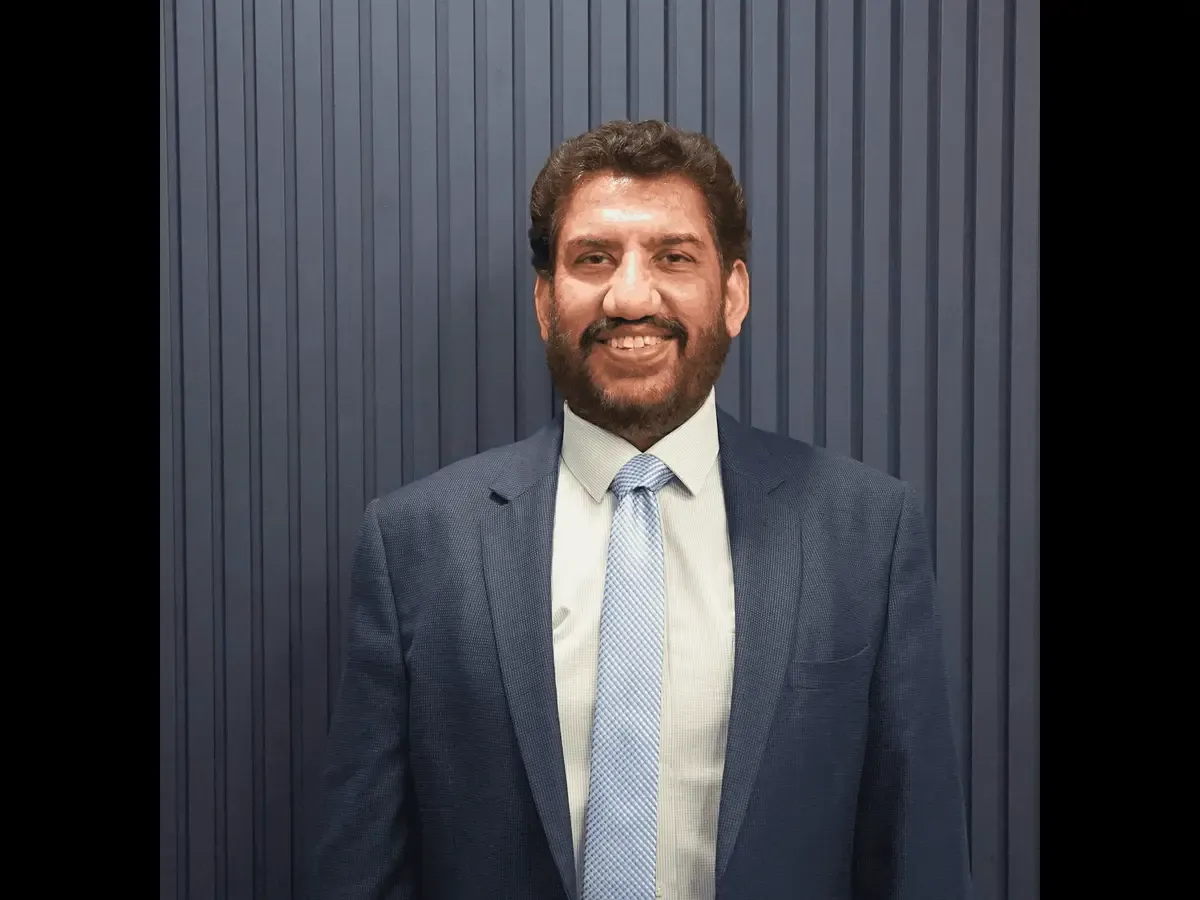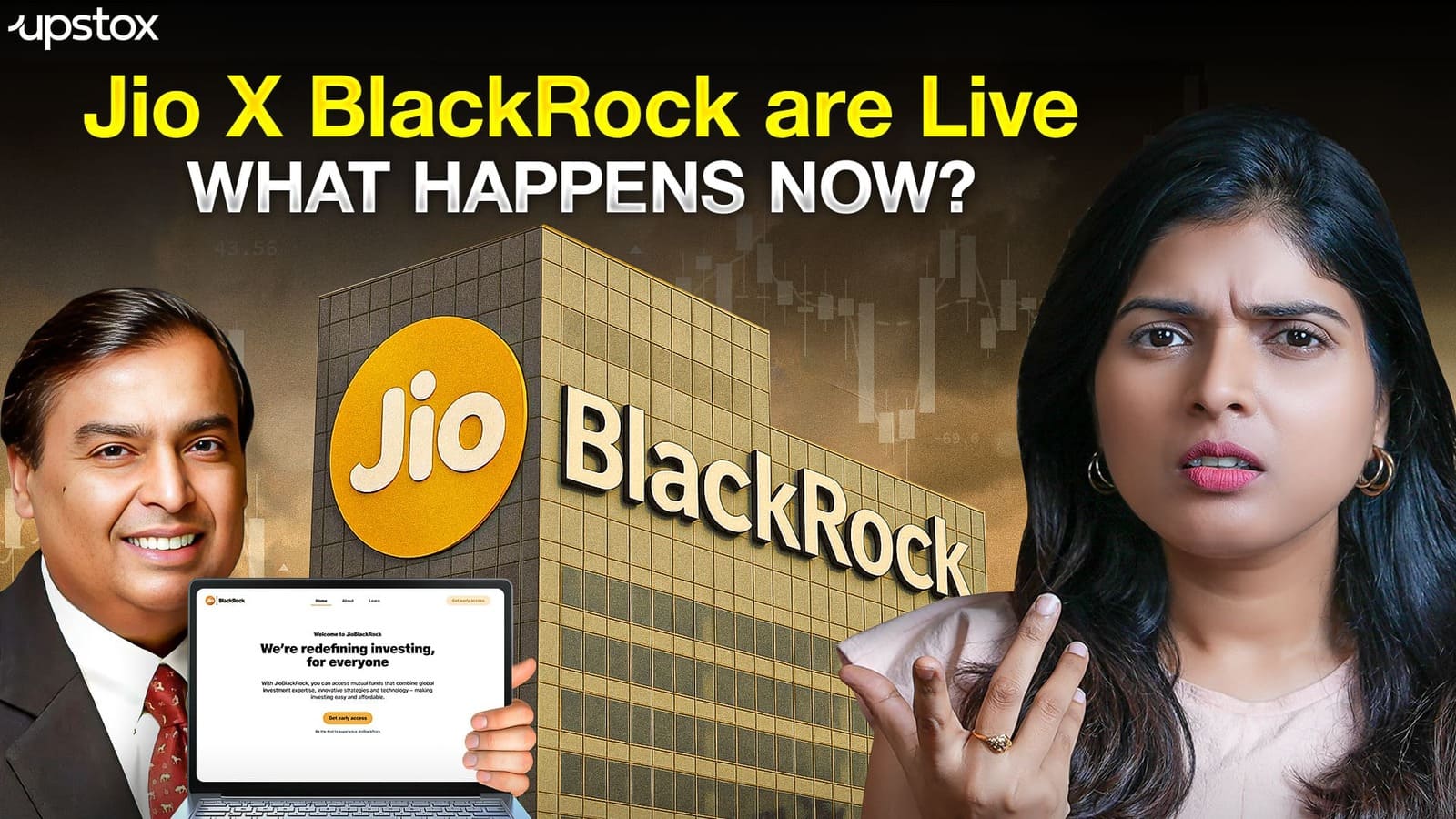Market News
Fundamentals of Indian economy and companies are robust, says Vikas Gupta of OmniScience Capital
.jpeg)
6 min read | Updated on October 16, 2025, 10:24 IST
SUMMARY
The subdued returns from last Diwali are more a technical outcome of global FII flows rather than a judgement on India’s fundamentals, says Vikas Gupta, CEO & Chief Investment Strategist at OmniScience Capital.

Vikas Gupta, CEO & Chief Investment Strategist at OmniScience Capital
The subdued returns from last Diwali are more a technical outcome of global FII flows rather than a judgement on India’s fundamentals. Initial outflows of FIIs were across all non-US markets, including developed markets such as the EU. Later during the year, the Trump tariffs had a negative impact on global economic sentiment, and the 50% tariffs targeting India impacted the sentiments towards Indian markets.
Going forward we believe the fundamentals of the Indian economy and companies are quite robust, and as the year goes by the growth in revenues and earnings should start showing more impact on market sentiments rather than technical factors.
The key drivers we see are earnings growth, government policies to promote domestic manufacturing, services, innovation and tech and exports, Fed and RBI rate cuts, and the settlement of the US-India trade deal, or alternatively, India trade deals with other countries.
We believe that the defence growth vector is a multi-decadal growth vector since India, as the third largest economy and an emerging economic and export powerhouse in a tough neighbourhood, needs to spend a lot more on defence to safeguard its economy, eventually taking it to 3%-5% of the annual budget of the government. This gives it a very long runway.
If one understands this, then one will also understand that there are several dimensions of defence beyond weapons. The pure-play weapons companies are looking fair to overvalued in most cases. So, if one has to reduce exposure to those and increase it to strategic resources, cyber security, economic security, logistics and other such dimensions of defence that we have talked about earlier as well.
A US-India trade deal is likely to reverse the trend in the near term due to the sentimental impact. The Fed rate cuts could also help significantly. Besides these, the impact of domestic policies and sustained economic growth will eventually bring the FIIs back. One can easily contrast this with the large FDI flows coming into India and see that global investors cannot remain uninvested in India for too long.
Typically, investors have FOMO (fear of missing out) and start chasing whatever has performed in the recent past, showing recency bias and herding behaviour. This typically doesn’t end well in any asset class.
Investors need to think about whether gold is a productive asset or not. It doesn’t generate any cash flows on its own. Over long periods of time it is supposed to maintain purchasing power, meaning it beats inflation. The current rally is due to the uncertainties created by the sanctions on Russia, where their foreign reserves were frozen. This sent the message to emerging market central banks that their USD or EUR foreign reserves could also be at risk, and they have started diversifying into gold and other assets and currencies. The gold bought by central banks is unlikely to come back to the market soon.
However, remember that in the late 1990s/early 2000s gold price drops were due to relentless selling by central banks. Our study included Indian gold prices from the 1990s and US gold prices for more than a century and a comparative analysis of gold versus NIFTY and gold versus S&P 500 over 40-50 years.
The results clearly show the superiority of equities as an asset class. Of course, there is a 5%-20% gold or silver allocation that one can consider. But one should be cautious after such a strong rally.
We are very positive that a focused portfolio based on the scientific investing framework, which attempts to mitigate fundamental risks and focuses on mispriced companies with exposure to strong growth vectors, could be quite rewarding if invested at this time and held for 3-5 years.
Currently, we are constructive on banking, housing finance, power, EPC, logistics, infrastructure, railways and defence. We believe that the typical consumer defensives or FMCG and consumer durables, such as automobiles, pharma, and IT, are some of the overvalued sectors.
We would prefer a selective approach in mid- and small caps. While mid-caps have only 150 stocks to choose from, and many of the popular ones are naturally overvalued. Thus, one has to apply the scientific investing framework in a sophisticated manner to extract the few alpha opportunities available there.
In the small-cap space again, one should avoid the market favourites, which are overvalued. But since there are nearly 1,250 small caps which are larger than ₹1,000 crore in market cap, many more small caps are investable and present an alpha opportunity.
There are several companies with strong visibility of earnings growth due to either capex in progress or large order books. Many of these companies are available at reasonable valuations worthy of alpha generation.
Global headwinds are likely to keep earnings growth subdued in the near term. But definitely, the beginning of a new earnings cycle is quite likely. We are optimistic about the high-growth future of the Indian economy as well as Indian companies.
About The Author
Next Story

